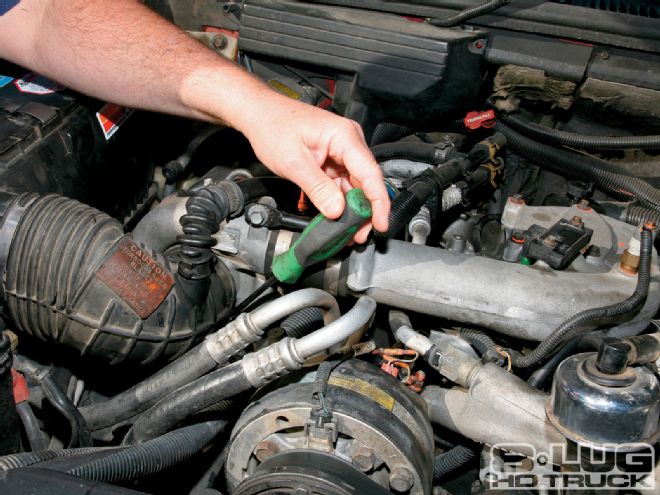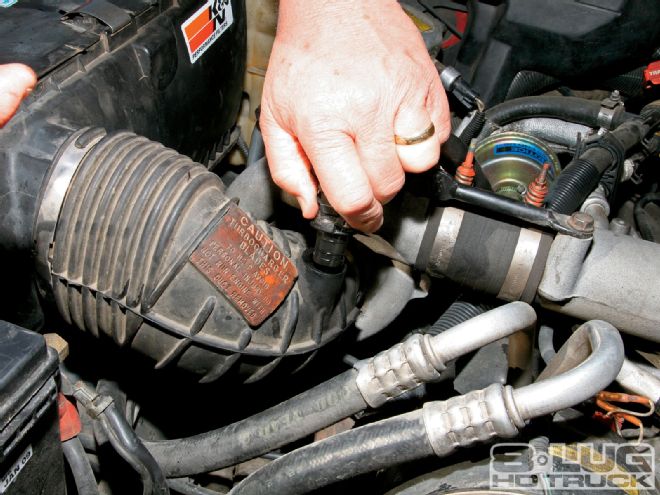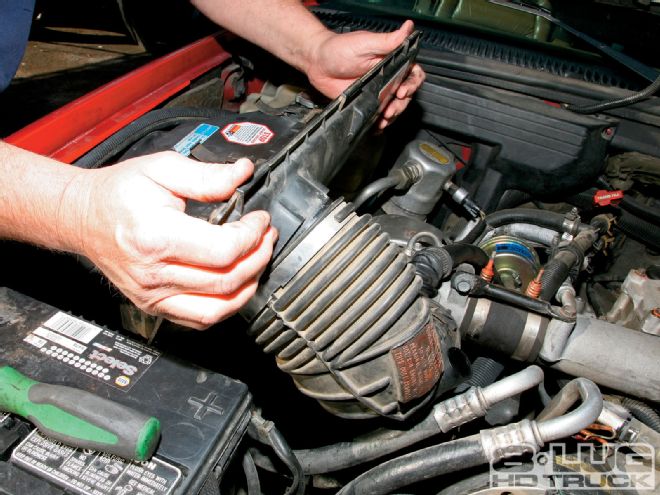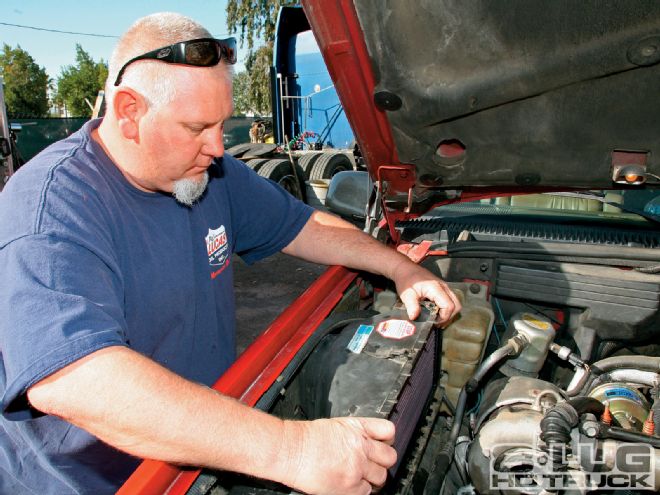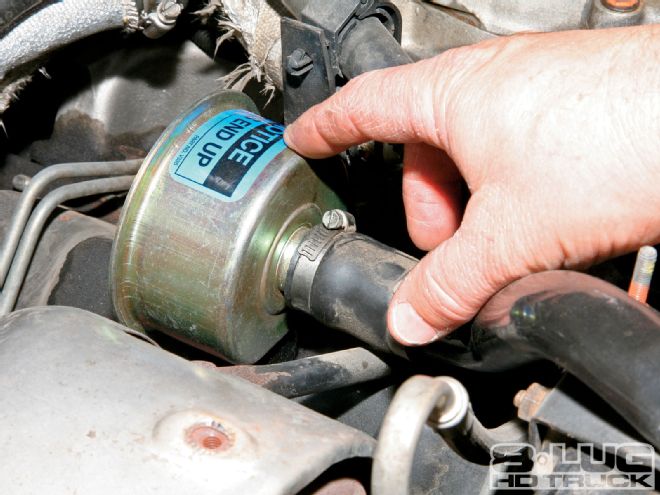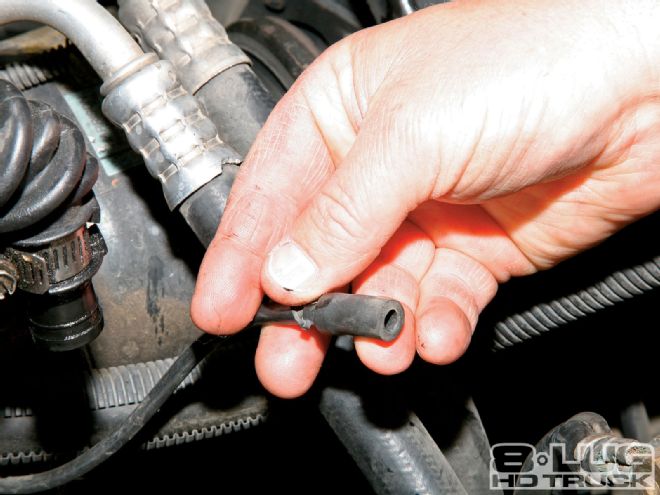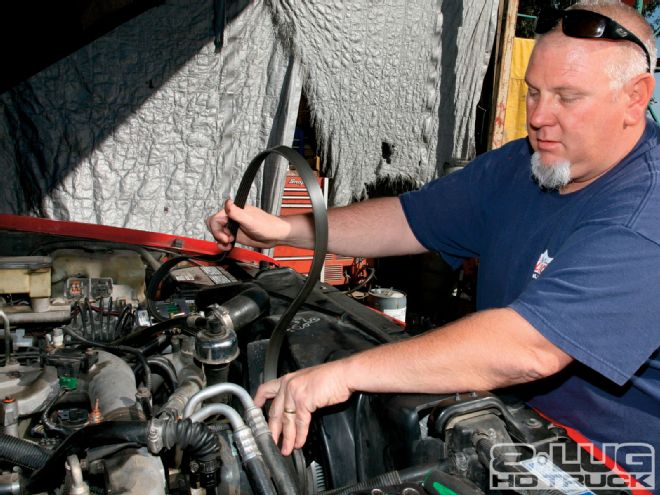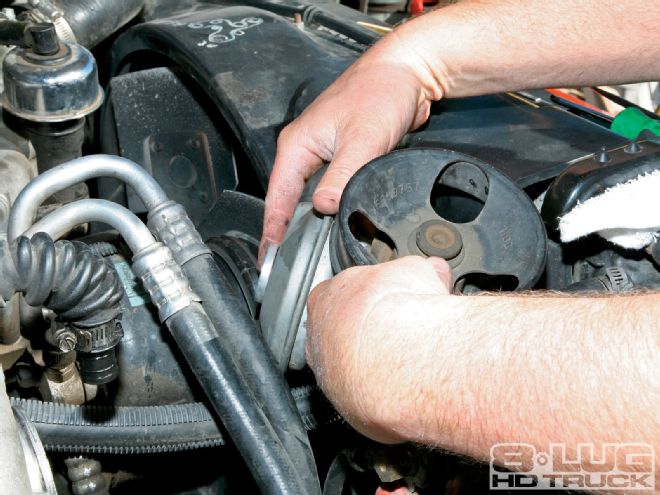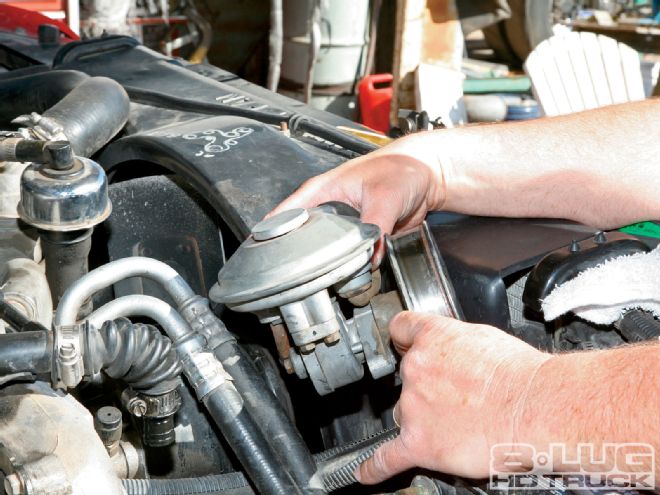The tagline on the Heath Diesel website reads: "Thoroughly engineered to provide reliable operation, vastly improved drivability, and outstanding performance. None can compare!" And we can't argue with that one bit. We've spent a lot of time on the phone with Bill Heath and Todd Hughes at their Washington state facility, and they really know what they're talking about.

| heath Diesel Stage 1 Performance Kit diesel Engine
We had a 6.5L diesel engine in a Chevrolet Suburban that really needed a performance boost and Bill suggested the Stage 1 performance kit that combines the GL4 performance program, Turbo-Master boost controller, and heavy-duty fuel lift pump. Then we added a PMD-4 Isolator system to the mix just for kicks.
This combo features Heath's unique fuel delivery and start-of-injection timing schedules. These are engineered to improve diesel combustion efficiency for best power and good fuel economy. The GL4 is characterized by its spirited performance, minimal smoke, cool exhaust, and crisp trans control.
Heath claims it adds 75 hp at the flywheel (or 57 hp at the rear wheels, if you prefer to think that way). It dramatically improves drivability with crisp throttle response; spirited, part-throttle performance; and strong, full-throttle power and torque. That's not hype-it's fact.
Before You Modify
Heath products do not hurt a healthy engine, but that means your engine needs to be healthy before you modify it. Modifying and then making an engine work hard will bring it to its knees.
According to Bill Heath, it is always a good idea to perform a crankcase blow-by test before doing upgrades, as this will help determine the relative health of the engine. Blow-by refers to the combustion gas vapor that pushes past the pistons and rings. When the pistons, cylinders, and rings are worn or damaged, they will be less effective in maintaining combustion gases and will allow these gases to leak into the crankcase, resulting in blow-by vapors.
The blow-by vapor will puff up out of the oil filler tube when the oil filler cap is removed. If the engine is healthy, there will be little or no visible blow-by vapor. As the miles accumulate, it is expected that an increasing amount of blow-by will exist.
The first step is to bring the engine to normal operating temperature by driving the truck. With the engine idling, remove the oil filler cap to observe any blow-by vapor. This vapor, if it exists, will puff up out of the oil filler tube. A healthy 6.5L will have little or no visible blow-by vapor puffing out of the oil filler tube. We have seen a great many 6.5Ls exhibit no vapor puffing-even when they have accumulated up to 200,000 miles. These are engines that have not suffered due to coolant overheat or by running worn injectors-the pistons, cylinders, and rings are healthy.
In more advanced stages of cylinder wear, the blow-by vapor may puff out of the dipstick tube and past the dipstick handle. If you see vapor puffing out past the dipstick, there is considerable blow-by, and possibly a scored cylinder-the engine is nearing failure. If there is blow-by coming from around the dipstick handle and the engine is knocking and running rough at idle, this would suggest that it has a failing or failed piston-likely due to overheat conditions.
